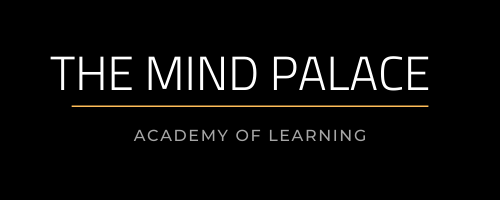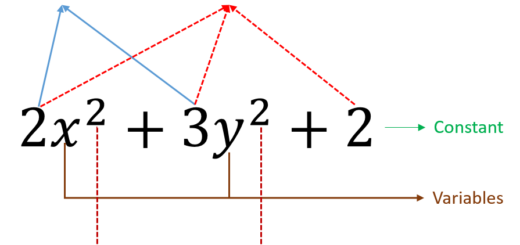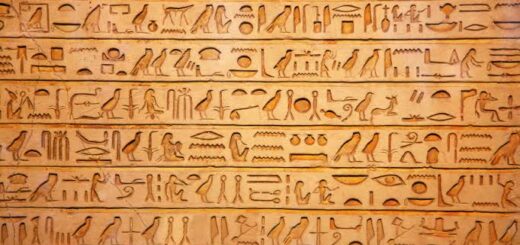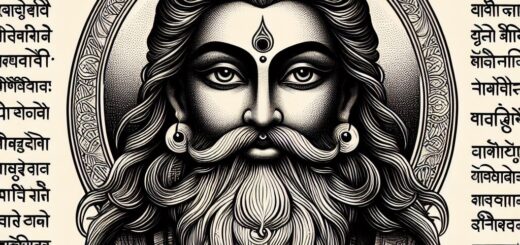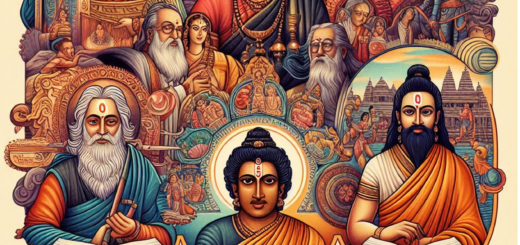INTEGRATION OF KARNATAKA AND BORDER DISPUTES
Summary of integration of Karnataka
Exercise of integration of Karnataka

Summary
HISTORICAL BACKGROUND TO THE INTEGRATION MOVEMENT
The extent of Kannada state was from the river Cauvery to river Godavari as explained in Kavirajamarga. This land was ruled by many Kannada dynasties. After the fall of Vijayanagara, Kannada speaking regions had to undergo various shifts in political systems.After the death of Tippu Sultan, the Kannada speaking regions were distributed among twenty administrative divisions of different languages. Kannadigas had to feel alienated under the rule of Marthas and Nizam of Hyderabad.
By enduring all these hardships, Kannadigas fought hard to get united under one state and one administration.This struggle is called as Karnataka Integration Movement.The early steps for Integration were put forward by the people of Bombay Karnataka region.
‘Karnataka Vidyavardhaka Sangha’ established in 1890 under the Chairmanship of R.H.Deshpande provided the institutional shape to the dream of Integration.Kannada Sahithya Parishad was established in 1915 in Bengaluru. It aimed at facilitating the progress of Kannada language and literature, and also aiding the Integration of Kannada speaking regions. Karnataka Ekikarana Sabha was started in Dharwad in 1916
These organizations continued the struggle for Integration. In the National Convention of Indian National Congress at Belagavi in 1924, Huylagola Narayana Rao formally initiated the process of Karnataka Integration process by singing ‘Udayavagali Namma Cheluva Kannada Naadu’ (Let our Kannada land be arisen) as welcome song. Gandhiji who was the president of the convention, extended his support to Integration movement.The Integration movement worked in favour of freedom movement.
Role of Newspapers and Literature in the Integration Movement
Newspapers like Vishwakarnataka, Navakarnataka, Vagbhushana, Jayakarnataka, Samyuktha Karnataka and other magazines motivated people for the integration.
These were getting published from different regions. Apart from them, various literary works also motivated people
Aluru Venkataraya is the senior most person who worked for the integration of Karnataka.
The aim of Aluru Venkataraya was to communicate the glory and richness of Kannada language and land to its members
He wrote a book titled “Karnataka Gathavaibhava’ (The Past Glory of Karnataka) and published by using his own money
The Kannadigas of Hyderbad Karnataka honoured him and gave him a title ‘Kannada Kula Purohitha’ (The High Priest of Kannada Clan).
Shanthakavi played an important role in motivating the people of Bombay Karnataka.
He collected money to organize Kannada Literary Convention on the tradition of Dasas who sought alms in the name of God by declaring “Here is Kannada Dasa who is seeking alms for Kannada, Kindly Donate without delay”. Kayyarakiyannarai fought for the integration of Kasaragodu with Karnataka till his last breath. Many other poets, writers, and journalists motivated Kannadigas to get united.
Post -Independence Integration Movement.
The dream of integration that started half a century ago, became reality only in post independent India in three stages.
Stage One (1947 – 48)
Before independence, there were two types political establishments in India.
The British Provinces and Princely States (562).The constituent assembly instead of structuring the states on the lines of language, divided India into four units namely A,B,C and D. Based on this division, the twenty administrative divisions of Karnataka were redistributed into five categories mentioned above. Mysuru, Bombay, Madras, Hyderabad and Kodagu were the five units.The first step towards integration was achieved through this.
Stage Two (1953)
The universal election for the Indian Parliament was held in 1951-52. After the elections, a radical minded organization “Akhanda Karnataka Rajya Nirmana Parishat’ was founded (1952).It organized Sathyagra has pressing for the integration of Karnataka and more five thousand people courted arrest. Kengal Humanitarian and S. Nijalingappa toured throughout the state and spoke in support of the integration movement.
Final Stage (1956)
After the creation of Andhra Pradesh, the demand for reorganizing regions based on languages grew more.
The central government formed a commission ‘State Reorganizing Commission’ to give a report on the issue.
It was chaired by S. Fazal Ali and hence it is called as Fazal Ali Commission. H.N. Kunjru and K.M.Phanikkar were its members.
The commission presented its report in 1956. As a result, the reorganization of states took place based on the language and the ease of administration.
Since, the Central Government accepted the report of the State Reorganizing Commission, the Vishala Mysuru State came into existence on November 01, 1956.
The integrated Mysuru State had the following districts:
Old Mysuru state’s ten districts : Mysuru, Mandya, Bengaluru, Kolar, Hassan,
Tumakuru, Chikkamagaluru, Shivamogga,
Chitradurga
From Bombay region : Belagavi, Dharwad, Vijayapura (Bijapur), Uttara Kannada
From Hyderabad region : Gulbarga (Kalaburagi), Raichur and Bidar.
From Madras region : Dakshina Kannada, Kollegal(taluk), Ballari
(Joined when Andhra was formed during 1953
C State : Kodagu
Totally 19 districts were there. (Today there are 30 districts.)
S. Nijalingappa became the first Chief Minister of Vishala Mysuru State.
Later, when D. Devaraja Urs became the Chief Minister, he renamed Mysuru State as ‘Karnataka’ on .
November 01, 1973.
Border Disputes
Since the reorganizing of the states based on languages was done at national level perspective, many Kannadigas living on the borders had to suffer injustice.
Kasaragodu of Kerala, Alur, Adavani, Madakashira and Rayadurga taluks of Andhra Pradesh; Hosur and Talavadi of Tamil Nadu; Chandagadh, Sollapur, Jatha and Akkalakote of Maharastra though had Kannda speaking majority, had to remain out of Karnataka.
Government of Karnataka are still fighting for their inclusion into Karnataka.
Dispute between Karnataka, Maharashtra and Kerala:
The Central Government had formed a one member commission of Mahajan, a retired Supreme Court Judge, in 1965.The commission conducted exclusive surveys in disputed areas belonging to all the three states and presented its report. As a result, the border dispute has remained unresolved and still remains with the Central Government.
EXERCISES
Answer in a word or sentence each
1.When was the Karnataka VidyaVardhaka Sangha established?
Ans:Karnataka VidyaVardhaka Sangha was established in 1890.
2.Who is called ‘Karnataka Kulapurohita’?
Ans:Alur venkatarao was called ‘ Karnataka kulapurohita’.
3.Name two organizations that contributed to the integration of Karnataka.
Ans:The two organizations that contributed to the integration of Karnataka are Karnataka VidyaVardhaka Sangha
Karnataka integration sabha.
4.Who wrote the poem “Udayavagali Namma Cheluva Kannada Naadu”?
Ans: Udayavagali Namma Cheluva Kannada Naadu was written by ‘huyilgol Narayana Rao.
5.When did Vishala Mysuru State come into existence?
Ans:The Vishala Mysuru State come into existence on 1 st November 1956
6.Who and when the name Karnataka was given?
Ans:When D. Devaraj urs became the chief minister he renamed mysuru state as karnataka on 1st November 1973.
Answer in two or three sentences each.
1.Who are poets and writers that provided motivation for the Karnataka Integration Movement? Name their poems.
Ans:Poets
Huyigola Narayana Rao. Udayavagali Namma Cheluva kannada Naadu.
Kuvempu=’’Jayahe karanataka Maathe’’ and ‘’Nee Mettuva Nela Ade karnataka’’
2.Who was the Chairperson of State Reorganizing Commission? Who were the members of the Commission?
Ans:S Fazal Ali was the Chairperson and it was called Fazel Ali commission.
H.N. Kunjru and K.M. Panmkar were its members.
